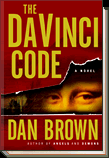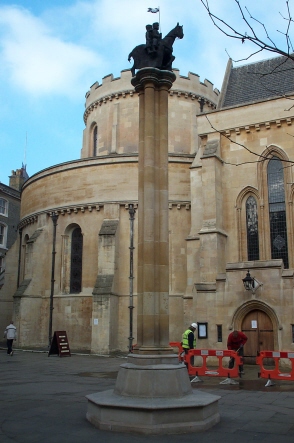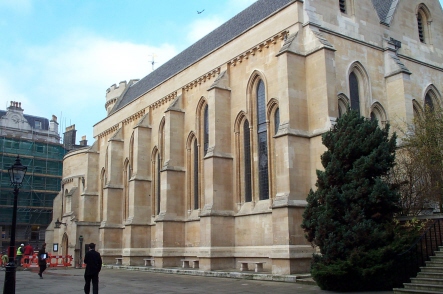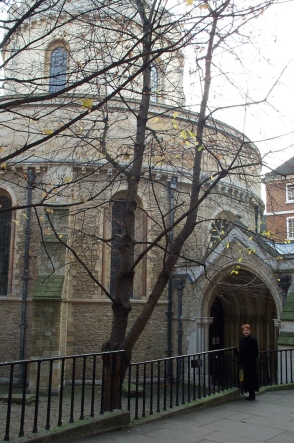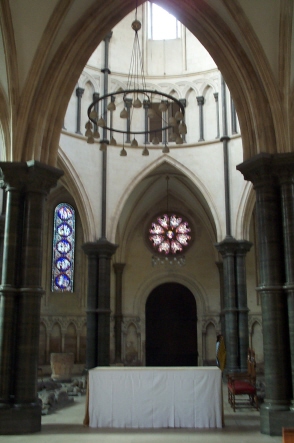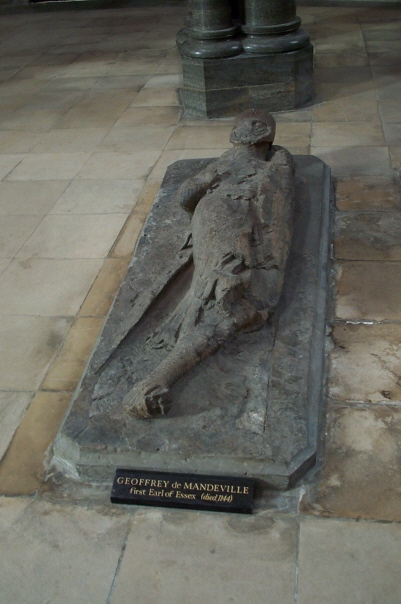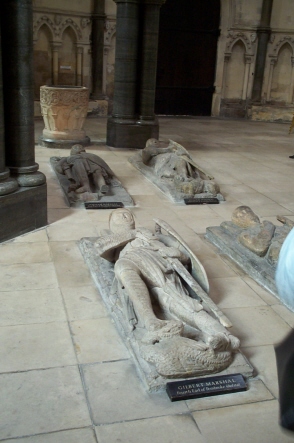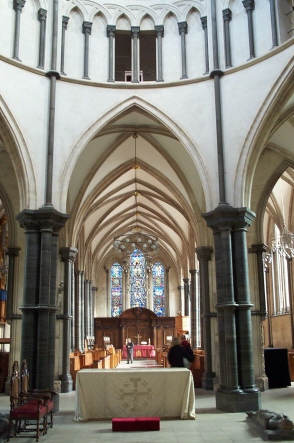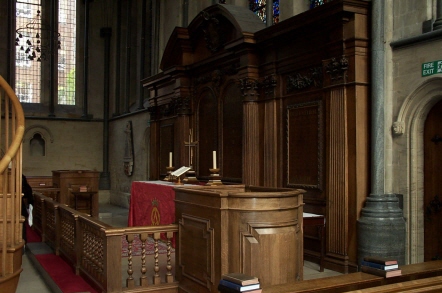|
The Temple Church is one of the most historic and beautiful churches in
London. Use the left-margin tool-bar to read its story, period by
period. Here are eight hundred years of history: from the Crusaders in
the 12th century, through the turmoil of the Reformation and the
founding father of Anglican theology, to some of the most famous church
music in London, Sunday by Sunday - music which we invite you to come
and hear when you are next within striking distance of the Temple at a
weekend.
The
Temple Church lies 'off street' between Fleet Street and the River
Thames, in an 'oasis' of ancient buildings, courtyards and gardens. To
make sure that you find you way to the Church, you may like to check
Directions
before coming.
The
Church is generally open Wednesday - Sunday. We would not want you to be
disappointed by finding the Church closed; if you are planning a visit,
you may like to contact the Verger first, Brian Nicholson, 020 7353
3470,
verger@templechurch.com,
to confirm our current opening hours.
We hope to see you here soon!
******
The Church was built by the Knights Templar, the order of crusading
monks founded to protect pilgrims on their way to and from Jerusalem in
the 12th century. The Church is in two parts: the Round and the Chancel.
The Round Church was consecrated in 1185 by the patriarch of Jerusalem.
It was designed to recall the holiest place in the Crusaders' world: the
circular Church of the Holy Sepulchre in Jerusalem. It is a numinous
space - and has a wonderful acoustic for singing.
In the Round Church you will find the life-size stone effigies of nine
knights. Most famous of these knights was William the Marshal, Earl of
Pembroke, the most important mediator between King John and the Barons
in 1215. John was at the Temple in January 1215 when the barons demanded
that he confirm the rights enshrined in the Coronation Charter of his
predecessor; it was William who swore on the King's behalf that the
barons' grievances would be satisfied in the summer. William became
Regent in the minority of Henry III.
William's own eldest son, also William, was among those chosen by the
barons to force John's compliance with Magna Carta; and on John's death
he joined the rebels against Henry's rule. His father eventually won him
over to Henry's cause. The effigy of this younger William lies next to
his father's.
The Chancel was built in 1240. Henry III had signalled his intention to
be buried here. (He was in fact buried in Westminster Abbey; one of his
sons, who died in infancy, was interred in the Temple.) If you look at
the dark marble columns in the chancel, you will see that they 'lean'
outwards. These columns are replicas of the 13th century columns that
stood until the War; they leant outwards too. The church was bombed in
1941: the Chancel's vault survived; the columns cracked in the heat, and
after the War they had to be replaced. The architects wondered whether
to build the new columns upright. But if the 'leaning' columns had done
good work for seven hundred years, their replacements, it was decided,
should lean too - and so they do!
The
Temple Church has, until recently, been one of London's best-kept
secrets. It was built by the
Templars
as a 'Round', on the plan of Jerusalem's Holy Sepulchre; the shape was
far more significant then than we might realise today. The church
extended in the reign of Henry III and for a time his chosen
burial-place; home in the 16th century to
Richard Hooker,
founding father of Anglican theology, and in the 20th to the most famous
choir of the Inter-War years.
The Church has for four centuries been maintained by the Middle and
Inner Temples, societies of lawyers whose offices ('chambers') surround
the Church. 'Our Realm of England,' wrote James I, in the charter that
still defines the Templars role, 'is sensible that great part of its
welfare is justly owing to the ancient and proper Laws of that Realm,
tried through a long series of ages, adapted to that populous nation and
approved by constant experience.' In our Round, fittingly enough, lies
the effigy of William the Marshal, Earl of Pembroke. He was a driving
force behind Magna Carta, 1215, a foundation of English law. Its coda
laid down the principles that the courts still daily apply: 'We wish and
firmly enjoin,' signed the King, 'that the men in our kingdom shall have
and hold all the aforesaid rights and liberties well and peacefully,
freely and quietly, fully and completely, in all matters and all places
for ever.'
Our services at the Temple follow the Book of Common Prayer. It reached
its present form in 1662. Its language is venerable enough; and may, at
first sight, seem to require of us as much respect (and as little
regular attention) as Shakespeare's. It can be too grand and smooth for
our taste; as if its sound was more important than its sense. How wrong
we are. The services we hear today were more than a hundred years in
the making. It was quite a century: a rebellion from the Pope, a
Protestant decade, a reversion to Rome, a conciliation of all parties, a
Catholic monarch, a civil war, a King's execution - and finally his
son's return as Charles II. The prayer-book's use was re-established in
1662. The voice of Thomas Cranmer was heard again. His formulae had
ensured, a hundred years before, that those could worship God together
who would never discuss Him without bitter, often violent disagreement.
Things had not changed in a hundred years; they have hardly changed
today. The same questions divide us; and the same forms of worship
can unite us.
We know
in the Temple how hard-won such unity can be:-
Richard Hooker
was appointed Master in 1585. He and the Reader disagreed on point after
point of doctrine; what Hooker preached on Sunday morning, Reader
Travers rebutted in the afternoon. In the building of Solomon's Temple
nothing had been hammered, cut or nailed in the precincts themselves;
'Alas, in this Temple,' wrote a chronicler of London life, 'not
only much knocking was heard, but the nails and pins which one
master-builder drave in were driven out by the other.' The dispute was
famous; as months turned to years, it became a scandal. Travers was
forbidden to preach; Hooker left, 'weary with the noise and opposition
of the place'. I am relieved to report that Hugh Mead and I already
agree on more than Hooker and Travers ever did.
|


